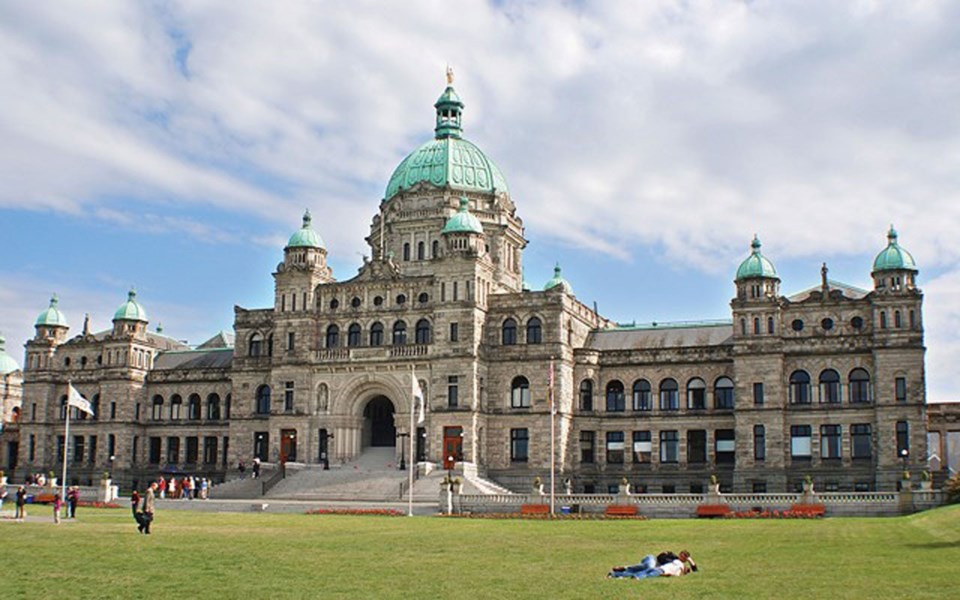With municipal elections in the books, the debate around proportional representation has taken centre stage in recent weeks.
Mail-out ballots have landed in mailboxes across the province, and voters have until Nov. 30 for their ballot to be received.
As director with the Centre for the Study of Democratic Institutions at UBC, Max Cameron has been in the thick of the discourse.
"I think there's still a fair amount of confusion in the public mind, to be honest. People are still trying to make up their mind," he said.
"I'm just urging everybody to read the voters guide that went out, which I think is very helpful, and if you just take a half hour, 45 minutes and go through that, you'll get a lot of basic information."
The third of three proposed voting systems to be detailed by Pique is known as Rural-Urban PR—a hybrid that uses the Mixed Member Proportional (MMP) system in rural areas and a Single Transferrable Vote (STV) in urban areas.
In the MMP regions, voters would cast two votes, Cameron said: one for the local candidate and one for the party they support provincially.
"And you would then have regional ridings with top-up MLAs that would be selected based on the proportion of people who support that party," he said.
In urban areas, voters would use STV, and what's known as a ranked ballot, to select as many candidates as they wish ranked in order of their preference.
"There's a quota that you have to achieve in order to be elected, so anybody who reaches that quota is immediately elected to a seat and if they have more votes than they need, their surplus is redistributed to the other candidates," Cameron said.
If no candidate meets the quota, the votes are redistributed according to voter preferences until a candidate has enough support.
One potential concern with Rural-Urban, in Cameron's eyes at least, is in introducing what would essentially be two separate electoral systems.
"The idea that we might have, within the province, two quite different electoral systems that are defined in terms of rural versus urban, seems to me to sort of entrench or institutionalize that cleavage in a way which I'm not sure is necessarily healthy in the long run," he said.
"Although I can't put my finger on exactly why that would be a problem."
Another criticism of STV is that it's too complicated for voters, though Cameron said he tends to discount that.
"I don't think that's really true," he said. "People don't have to rank their candidates, they can just choose one if they want."
The complexity of the proposed system is not nearly as prohibitive as has been argued by some, said Chuka Ejeckam, a graduate student in the masters program for political science at UBC.
"But there is still the issue of perceived complexity, and if people think that the electoral system is complicated, or, if when they go to inform themselves about candidates or when they view a ballot it doesn't immediately make sense to them ... that might be disincentivizing for some people," Ejeckam said.
Complexity is often a perceived issue for voters, Ejeckam noted, whether it's a large number of candidates running, or issues being debated that are particularly intricate.
Those with more responsibilities and demands on their time, or those dealing with economic insecurity, have a higher likelihood of being disincentivized, Ejeckam said.
"We have to just work extra hard to inform and empower people to understand and use their vote in the way that they wish to," he said.
"I think people are willing to entertain a bit more complexity if it means that, one, their political preferences are more easily communicated and more directly represented in electoral outcomes, and two, if they get to make more substantive choices."
Find more info at elections.bc.ca/referendum.




